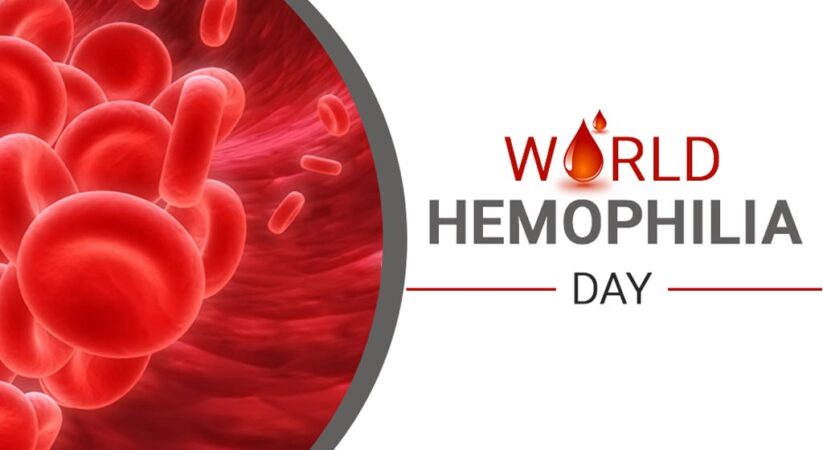This initiative aims at raising awareness for Haemophilia and Von Willebrand’s disease and other hereditary disorders. World Haemophilia Day is time to recognize and support the haemophilia patients, families, care workers, health care workers and professionals affected by this bleeding disorder. World Haemophilia Day is observed on the 17th of April 2021 and is a designated day to create awareness about the bleeding disorder.
History of World Haemophilia Day
World Haemophilia Day was first established in 1989 supported by the World Federation of Haemophilia (WFH). The date of 17 th April was chosen to honour Frank Schnabel, the founder of the World Federation of Haemophilia (WFH), whose birthday falls on the same day. Awareness is very important in haemophilia as many people in the world do not receive treatment or may receive poor treatment. According to the World Federation of Haemophilia (WFH), one in every 1000 people has a bleeding disorder. The aim of World Haemophilia Day is to raise awareness about haemophilia and increase the availability of treatment for this condition around the world.
The theme of the World Haemophilia Day
The theme of World Haemophilia Day 2021 is “Adapting to change- Sustaining care in the new world.” By working together, we can bridge the gap of haemophilia patients who are unaware of this bleeding disorder. The COVID19 pandemic has a major impact on those with bleeding disorders and this year the World Haemophilia Day is very important for all haemophilia patients affected by the COVID19 pandemic. The COVID19 pandemic has made life very challenging for people with bleeding disorders. World Haemophilia Day is a platform to create awareness and show the world that we can fight against this disorder to reduce the severity of haemophilia.
All you need to know about Haemophilia or Von Willebrand’s Disease
Haemophilia or Von Willebrand’s Disease is an inherited platelet disorder and other clotting factor deficiency which results in a lifelong bleeding disorder. This is a condition present since birth. You can't “catch” haemophilia or transfer it to others. Haemophilia disease is a genetic disorder that alters the haemostatic process leading to excessive bleeding after an injury. This disease is caused by the insufficiency or defect in blood clotting protein. This can lead to abnormal haemorrhage by reducing the concentration of level of blood factor eight. The complication of haemorrhage in haemophilia can lead to delayed wound healing.
Symptoms of haemophilia
Easy bruising Frequent nosebleeds Prolonged bleeding from cuts or minor cuts or gums Bloody urine Excessive bleeding during and after invasive procedures such as tooth extraction and surgery. Women often experience heavy menstrual bleeding (heavy menstrual periods that last longer than average and haemorrhage after childbirth)
Treatment
Medical history is important to help determine if other relatives have been diagnosed with a bleeding disorder or have experienced symptoms. Tests that evaluate the clotting time of a patient's ability to form a clot may be ordered. Treatment depends on diagnosis and severity. All these factors should be considered when diagnosed with haemophilia. Treatment of haemophilia involves injecting the missing clotting factor into the bloodstream.
Complications of Haemophilia
Left untreated, severe cases of haemophilia can lead to early death. However, there are successful treatment options available. If managed well, people with haemophilia are unaffected by this condition living completely healthy lives.

 Anyone can have hemophilia from newborns to the elderly age group. A bleeding disorder is a rare disease but society needs to impart awareness and educate the people who are suffering from it.
Anyone can have hemophilia from newborns to the elderly age group. A bleeding disorder is a rare disease but society needs to impart awareness and educate the people who are suffering from it.










.jpeg)

.jpeg)
.jpeg)

.jpeg)


.jpeg)



.jpeg)
.jpeg)
.jpeg)


.jpg)


.jpeg)
.jpeg)